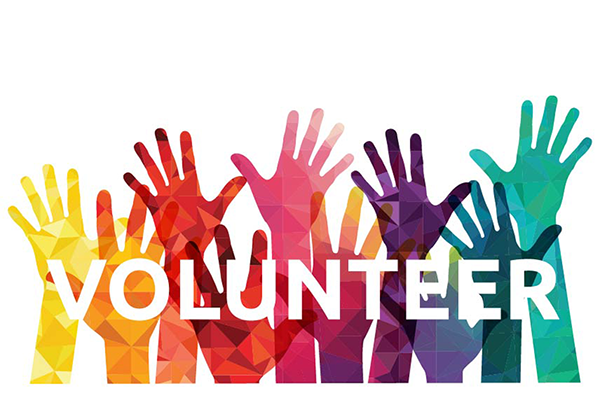Volunteers are the backbone of many successful fundraising initiatives, especially in the arts and culture sectors. They bring a wealth of skills, passion, and dedication to the table, helping organizations achieve their fundraising goals and make a positive impact on their communities.
However, attracting, engaging, and retaining volunteers can be a challenge. Here are some effective strategies to incentivize volunteers and make your fundraising efforts a resounding success:
1. Recognize and appreciate their contributions:
Volunteers give their time and energy to support your cause, and it’s crucial to show them how much you appreciate their efforts. Regular expressions of gratitude, both verbal and written, go a long way in keeping volunteers motivated and engaged.
2. Provide meaningful opportunities:
Volunteers want to feel like their contributions are making a real difference. Offer them opportunities that align with their interests, skills, and availability. This could involve tasks such as event planning, marketing, donor outreach, or on-site support.
3. Offer training and development opportunities:
Provide volunteers with opportunities to learn new skills and expand their knowledge. This could include workshops, seminars, or online training modules. Investing in their professional development demonstrates your commitment to their growth and well-being.
4. Foster a sense of community and belonging:
Create a welcoming and supportive environment where volunteers feel valued and connected to the organization. Organize social gatherings, team-building activities, and recognition events to foster a sense of camaraderie and belonging.
5. Offer tangible incentives:
While appreciation and meaningful experiences are essential, providing tangible incentives can further boost volunteer morale. Consider offering perks such as event tickets, gift certificates, or discounts on merchandise or services.
6. Involve volunteers in decision-making:
Give volunteers a voice in the planning and execution of fundraising events or initiatives. Their insights and perspectives can be invaluable in improving the volunteer experience and the overall success of your fundraising efforts.
7. Provide opportunities for advancement:
Recognize and reward volunteers who demonstrate exceptional commitment and leadership potential. Offer them opportunities to take on more responsibility, mentor new volunteers, or participate in leadership roles.
8. Show flexibility and adaptability:
Be mindful of volunteers’ schedules and constraints. Offer flexible volunteering options, such as virtual opportunities or part-time commitments, to accommodate their availability.
9. Seek feedback and make improvements:
Regularly gather feedback from volunteers to identify areas for improvement. Use their suggestions to enhance the volunteer experience and address any concerns or challenges they may face.
10. Celebrate successes together:
Take time to celebrate the achievements of your fundraising efforts and recognize the contributions of your volunteers. Publicly acknowledge their hard work and dedication to keep them motivated and inspired.
By implementing these strategies, you can create a volunteer engagement program that attracts, motivates, and retains a dedicated team of supporters who will play a vital role in the success of your fundraising endeavors. Remember, volunteers are the lifeblood of many arts and culture organizations, and their contributions are invaluable. By investing in their well-being and providing them with meaningful experiences, you can foster a thriving volunteer culture that will help your organization achieve its fundraising goals and make a lasting impact on your community.
